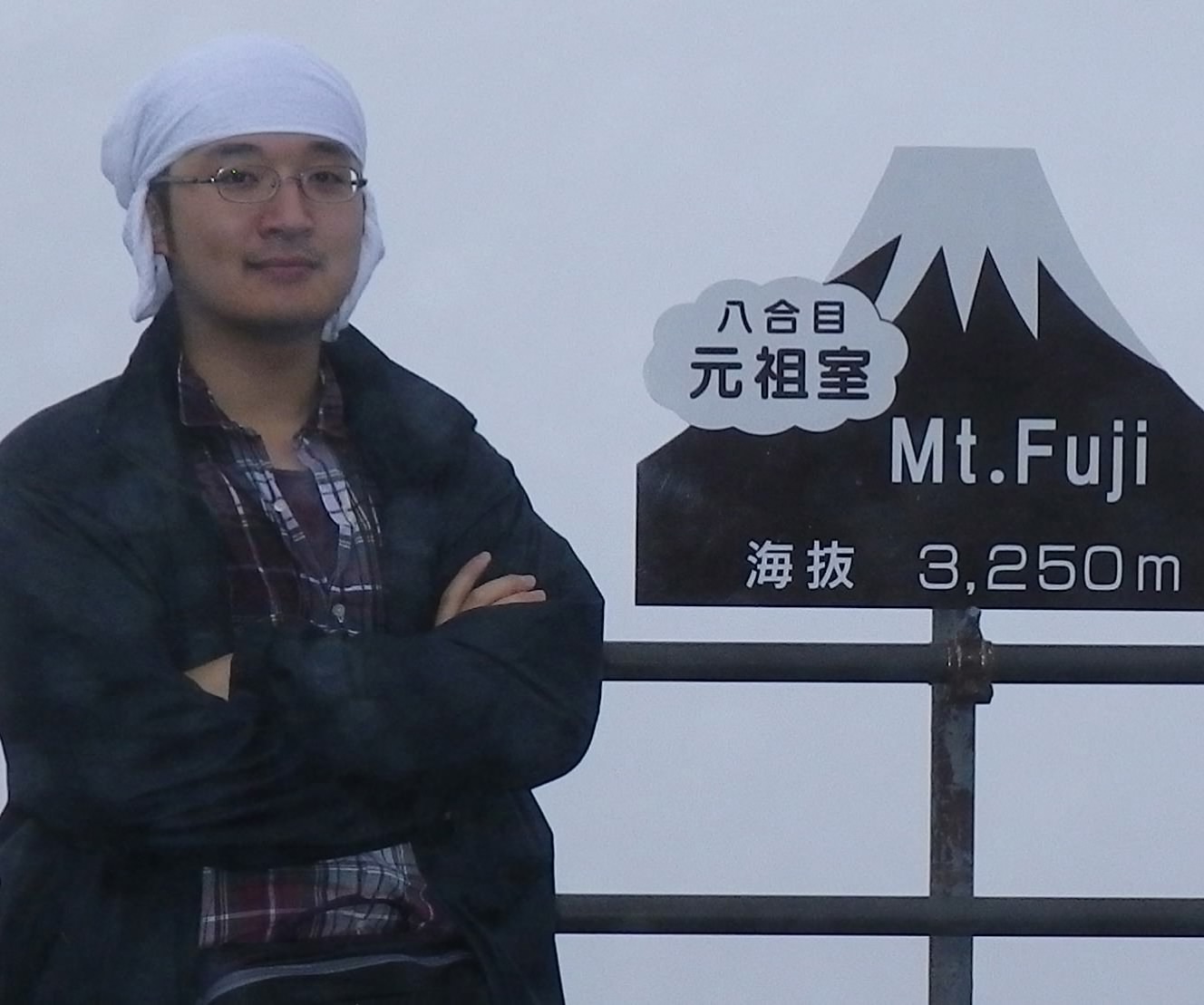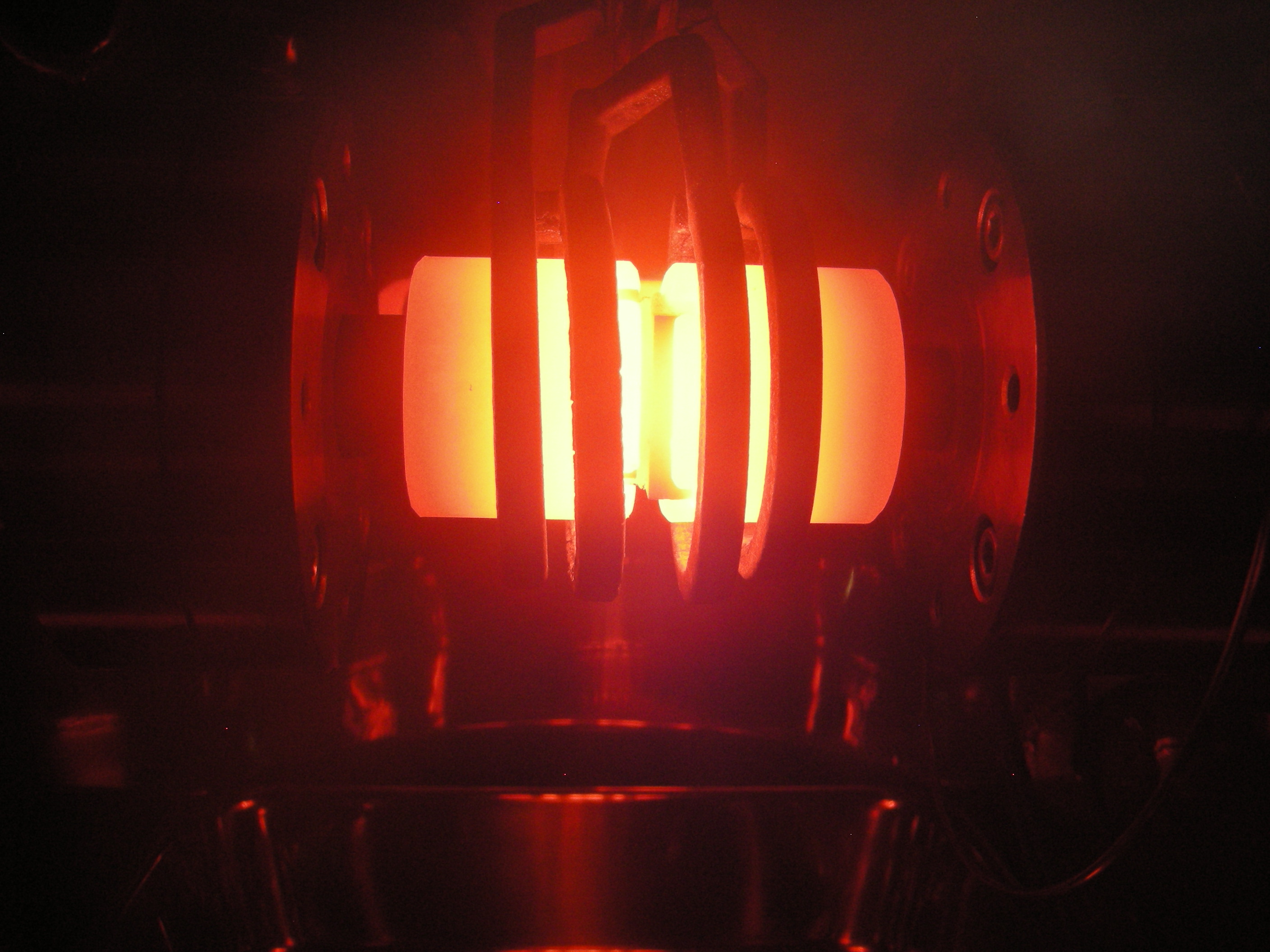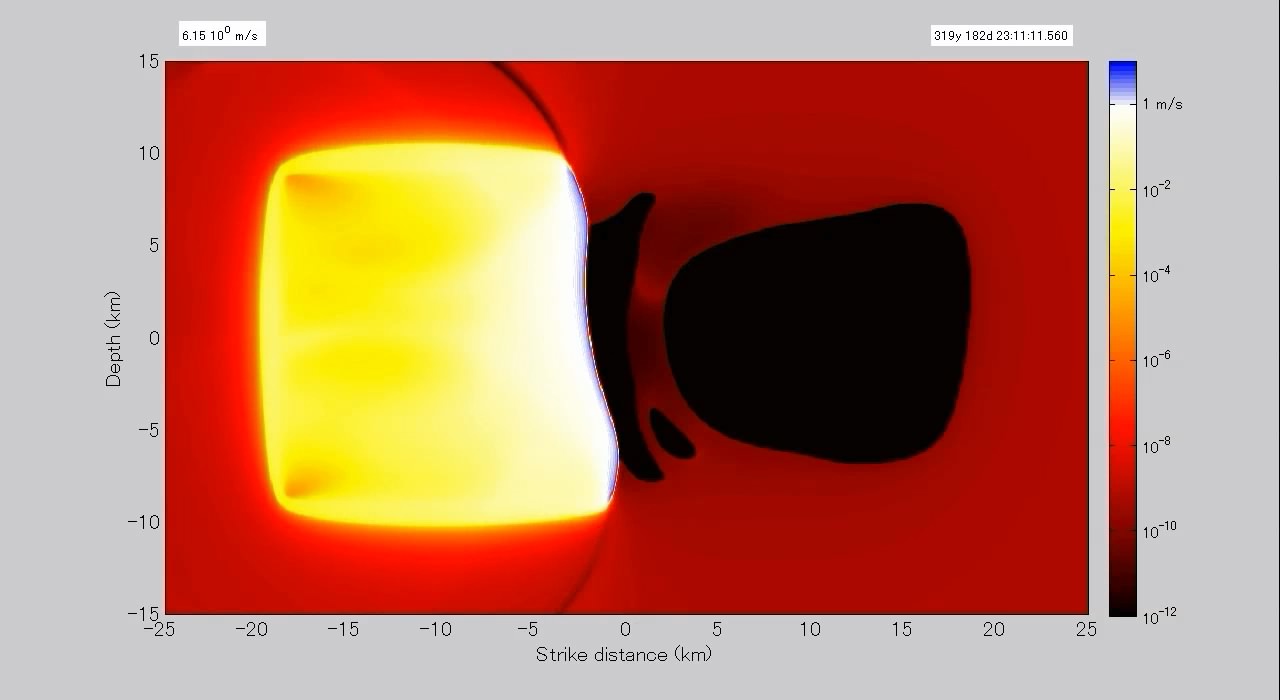JAMSTEC > Research Institute for Value-Added-Information Generation (VAiG) > Center for Mathematical Science and Advanced Technology (MAT) > Member > Hiroyuki Noda
Members
Hiroyuki Noda

Scientist
Japan Agency for Marine-Earth Science and Technology
Center for Mathematical Science and Advanced Technology
3173-25, Showa-machi, Kanazawa-ku, Yokohama-city, Kanagawa, 236-0001, Japan
hnoda
Short CV
I started research activities in experimental geology, focusing on mechanics and hydrology arounds faults. Then I extended my research area during the doctoral course to a field of computational fracture mechanics with an emphasis on sequences of earthquakes accounting for realistic fault properties.
Employment
| 2005.4 - 2008.3 | Japan Society of Promotion of Science Research Fellow (DC1) |
| 2008.4 - 2008.8 | Hiroshima University, Postdoctoral Researcher |
| 2008.9 - 2011.6 | California Institute of Technology, Postdoctoral Researcher |
| 2011.7 - present | Japan Agency for Marine-Earth Science and Technology, Scientist |
Education
| 1999.4 - 2003.3 | Department of Earth and Planetary Sciences, Faculty of Science, Kyoto University (B.S.) |
| 2003.4 - 2005.3 | Department of Earth and Planetary Sciences, Faculty of Science, Kyoto University (M.S.) |
| 2005.4 - 2008.3 | Department of Earth and Planetary Sciences, Faculty of Science, Kyoto University (Dc.S.) |
| 2005.9 - 2007.2 | Visiting Student in Department of Earth and Planetary Sciences, The Graduate School of Arts and Sciences, Harvard University |
Acquired Research Funds
| 2005 - 2008 | JSPS Grant-in-Aid for JSPS Fellows (DC1), #172149 |
| 2012 - 2014 | MEXT Grants-in-Aid for Scientific Research, #24107705 (PI) |
| 2014 - 2017 | MEXT Grants-in-Aid for Scientific Research, #26870918 (PI) |
| 2014 - 2019 | MEXT Grants-in-Aid for Scientific Research, #26109007 (Co) |
Awards and Recognitions
| 2004 | American Geophysical Union 2004 fall meeting, Outstanding Student Paper Award, Tectonophysics section |
| 2007 | American Geophysical Union 2007 fall meeting, Outstanding Student Paper Award, Seismology section |
| 2011 | Outstanding reviewer of the year 2011, Geophysical Journal International |
| 2013 | JAMSTEC 2012 award for outstanding research/development |
| 2013 | Noda et al. (2013, JGR) is introduced as AGU Research Spotlight by Schultz, C. (2013). The mixed mechanisms of large-earthquake nucleation, Eos, Trans. Am. Geophys. Union, 94, 41, doi:10.1002/2013EO410014 |
| 2013 | Session highlight of 2013 JpGU annual meeting in Solid Earth Science Section |
| 2014 | Award of Seismological Society of Japan for Young Scientists, 2013 |
Research Topics
- Physical properties of faults and shear zones
- Active faults hosting earthquake ruptutres experience deformation under VASTLY wide range of physical conditions. Slip rate of an active fault may range from orders of magnitude smaller than the plate rate (~ 1 nm/s) to coseismic slip rate (~ 1 m/s). Under deep (i.e., high temperature and pressure) conditions and at a low enough strain rate, rocks deform ductily without fracturing. I'm working on labratory experiments and analysis of experimental data in order to understand and formulate mechanical properties of active faults.

Friction experiment at high temperature (~ 1000 degree C) at Chiba University (Noda, Kanagawa, Hirose, and Inoue, 2011).
- Behavior of an active fault hosting sequence of earthquakes
- How does the fault frictional properties, which could be studied in laboratory experiment, dictate its coseismic and long-term behavior? How can we, if possible, use notions from cm-scale laboratory experimental studies to large-scale natural system? Earthquake ruptures are nucleated and then propagate dynamically. What kind of behaviors can be anticipated before of on the nucleation? I'm tackling those problems by means of numerical simulations on sequences of earthquakes.

A snapshot of slip rate distribution during a simulated earthquake rupture (Noda and Lapusta, 2011).
